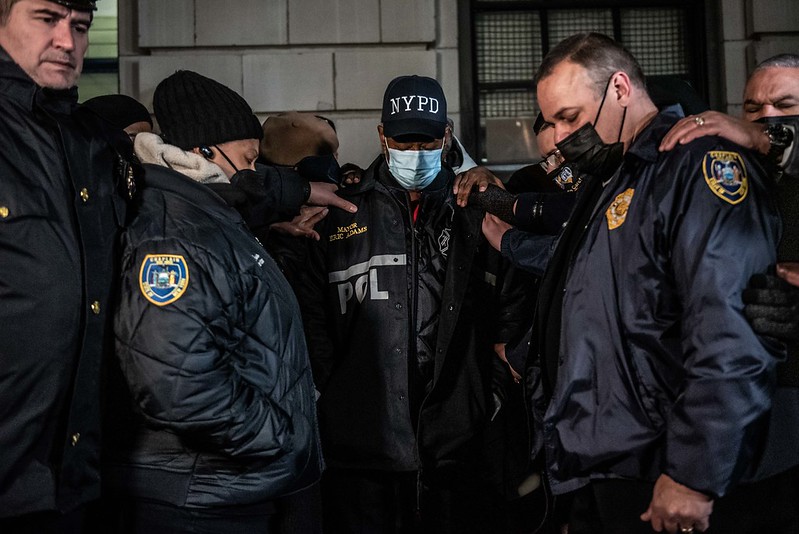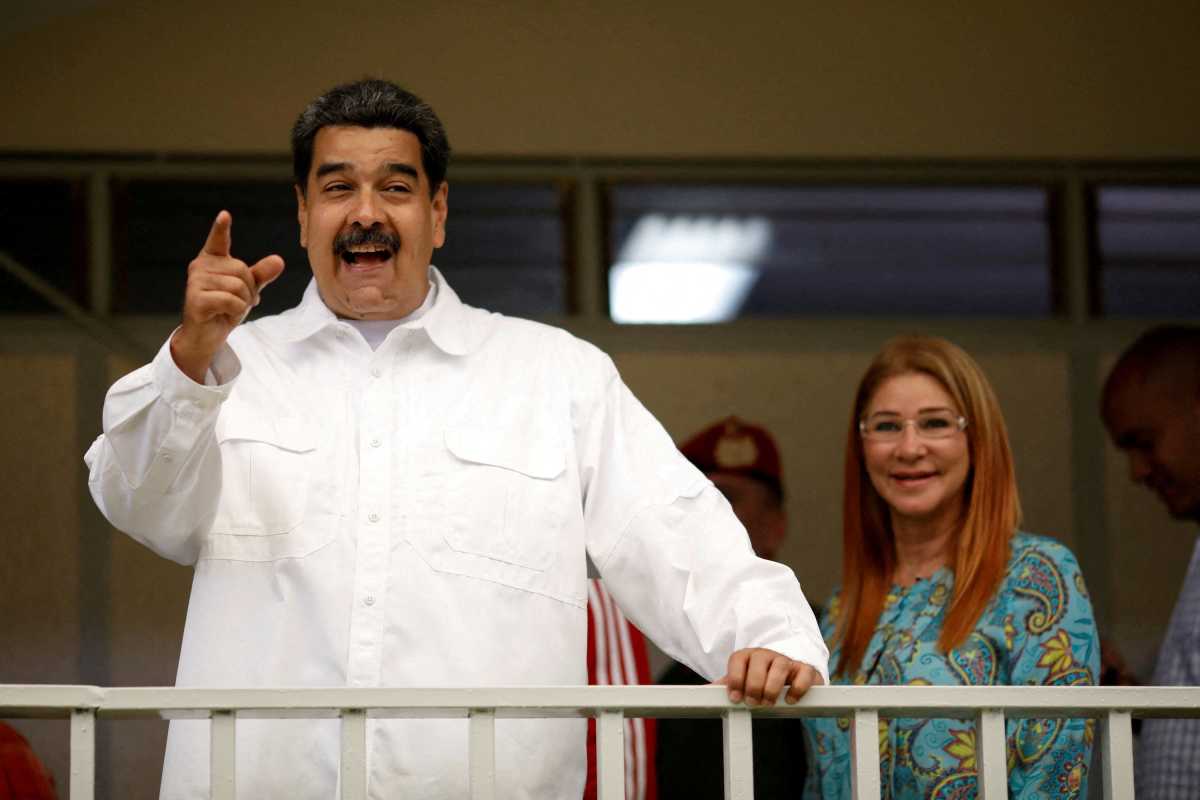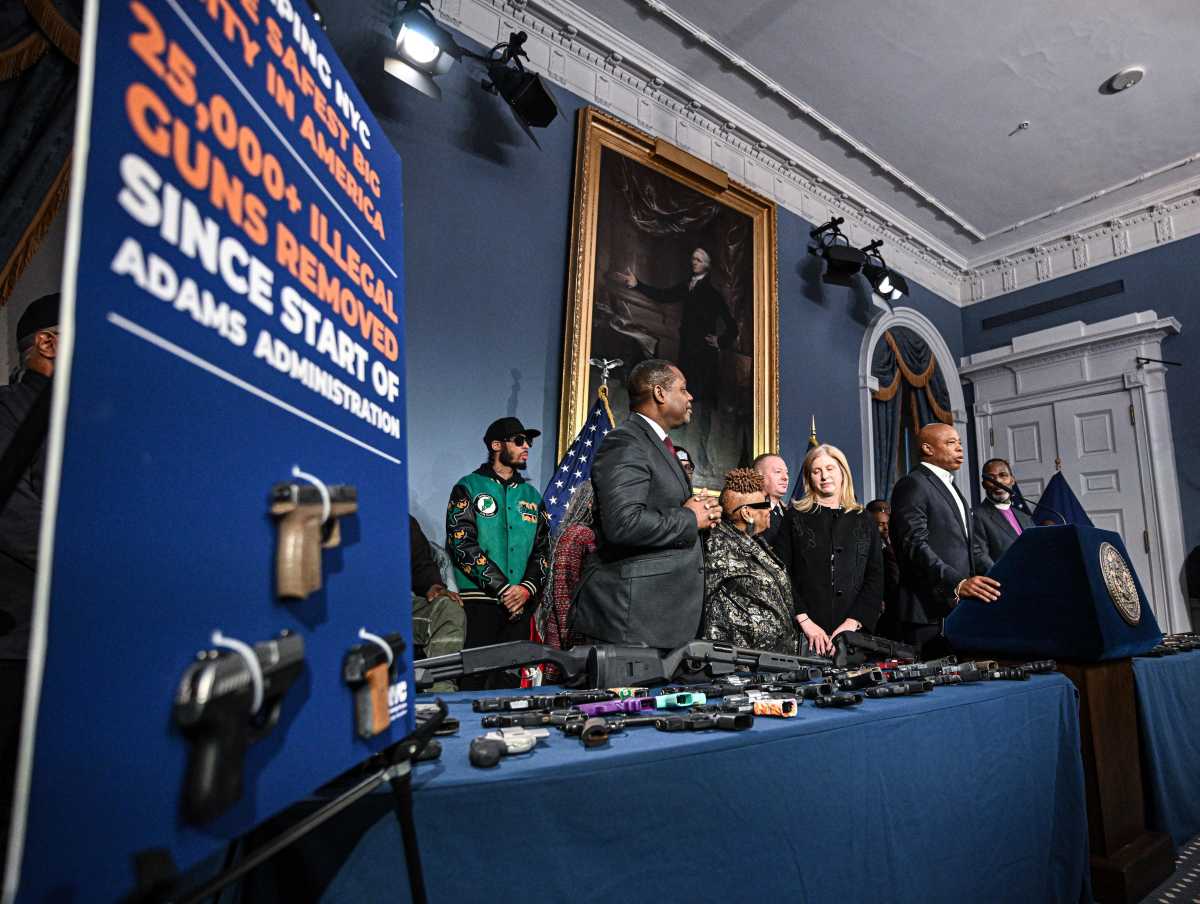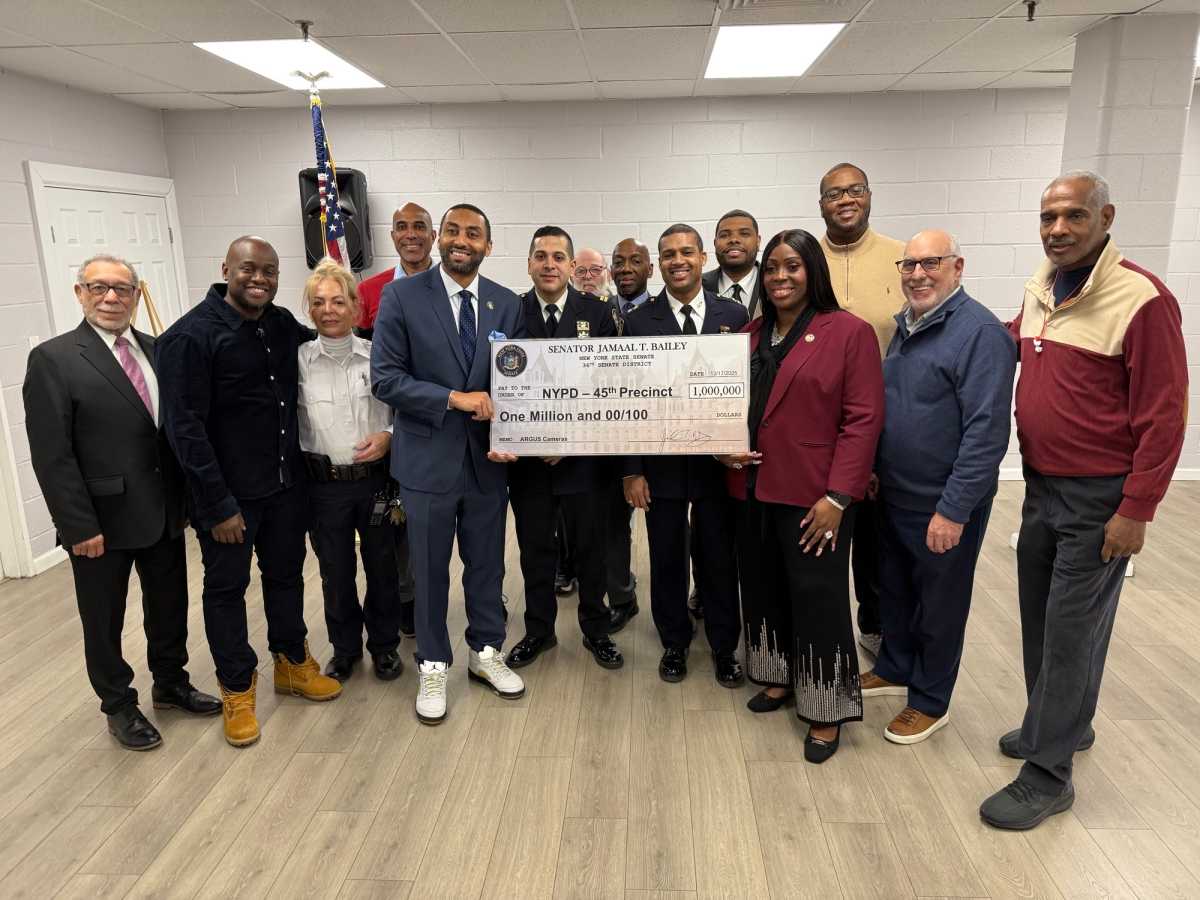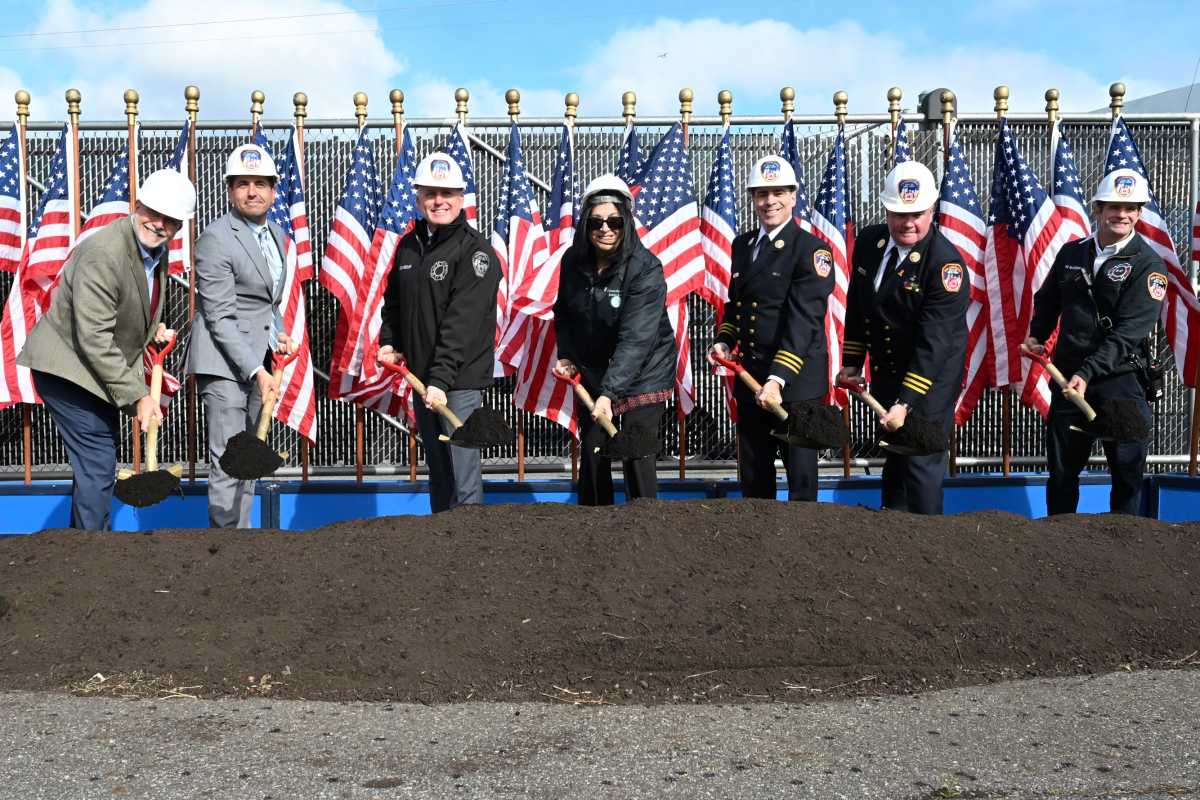Mayor Eric Adams is proposing more arrests, stricter sentences, more outreach and a rollback to some criminal justice reforms and bail laws to stem gun violence in New York City.
In a highly anticipated press conference Jan. 24, Adams addressed the “iron pipeline,” and rising incidents in gun violence that took the life of a 22-year-old cop and wounded another.
After hearing criticism on holding the presser with no Q&A, the Adams Administration rescheduled the event to focus on the court of public opinion.
“Gun violence is a public health crisis. There is no time to wait. We must act. The sea of violence comes from many rivers. We must dam every river that feeds this greater crisis,” Adams said. He claims that the effects of his “Blueprint to End Gun Violence” will be seen and felt very quickly.
In the 30 precincts where most of the gun violence occurs, Adams’ office will deploy more officers and neighborhood safety teams in the next three weeks.
“In doing this, we will avoid mistakes of the past. These officers will be identifiable as NYPD, they will have body cameras, and they will have enhanced training and oversight,” he said.
The city will also collect and report evidence of gun sales to support the state’s Interstate Gun Tracing Consortium—That includes using facial recognition and spot checks at major ports.
“Gun violence is not only a law enforcement issue. It is a social issue, a community issue, and we will be taking a citywide approach to meeting this challenge. New Yorkers have heard me say many times that any effective plan to reduce gun violence must include intervention AND prevention,” Adams said, pivoting to his plans to address the root causes of violence.
The mayor plans to expand intervention programs and youth-centered programs, and create a Quality of Life Task Force, which includes members of the NYPD and Department of Homeless Services (DHS), to make sure that law enforcement and mental health professionals are working together to stop violence among the homeless and mentally ill.
In the briefing and the question-and-answer portion afterward in the City Hall Rotunda, the mayor focused on his recommendations to change laws and court processes to make sure threats are minimized.
“We must allow judges to take dangerousness into account. New York is the only state in the country that does not allow a judge to detain a defendant who poses a threat to the community,” Adams said.
“We must also look at “Raise the Age” legislation, which is being used as a loophole for gang members to demand young people under 18 take the fall for guns that are not theirs,” he continued. Though he clarified that he does not want to target the youth, he wants to take some of the prosecutions out of family court and make sure they are tried in criminal court.
These are his two most controversial recommendations, and the third is his suggestion to take a second look at reforms.
“We must also re-examine the 2019 reforms to the discovery process. We must allow district attorneys to move forward earlier with gun charges, removing disclosure requirements that jam up the process, and we urge the state to pass legislation to that effect,” he said.
Lastly, Mayor Adams is asking the district attorneys in each borough to move gun-violence-related incidents to the front of the docket, getting guns off the street faster.
For many of these initiatives, it is up to the NYPD commissioner, Keechant Sewell, to make the determination on how many officers will go to each neighborhood and how training will be changed to make sure they can handle the crisis.
He also will defer to the Deputy Mayor of Public Safety Philip Banks III to decide what technology can be used within city law that can track guns and the people that bring them into the city.
“This is my number one priority: Keeping you safe. I campaigned on it; I will deliver on it.” Adams said.


